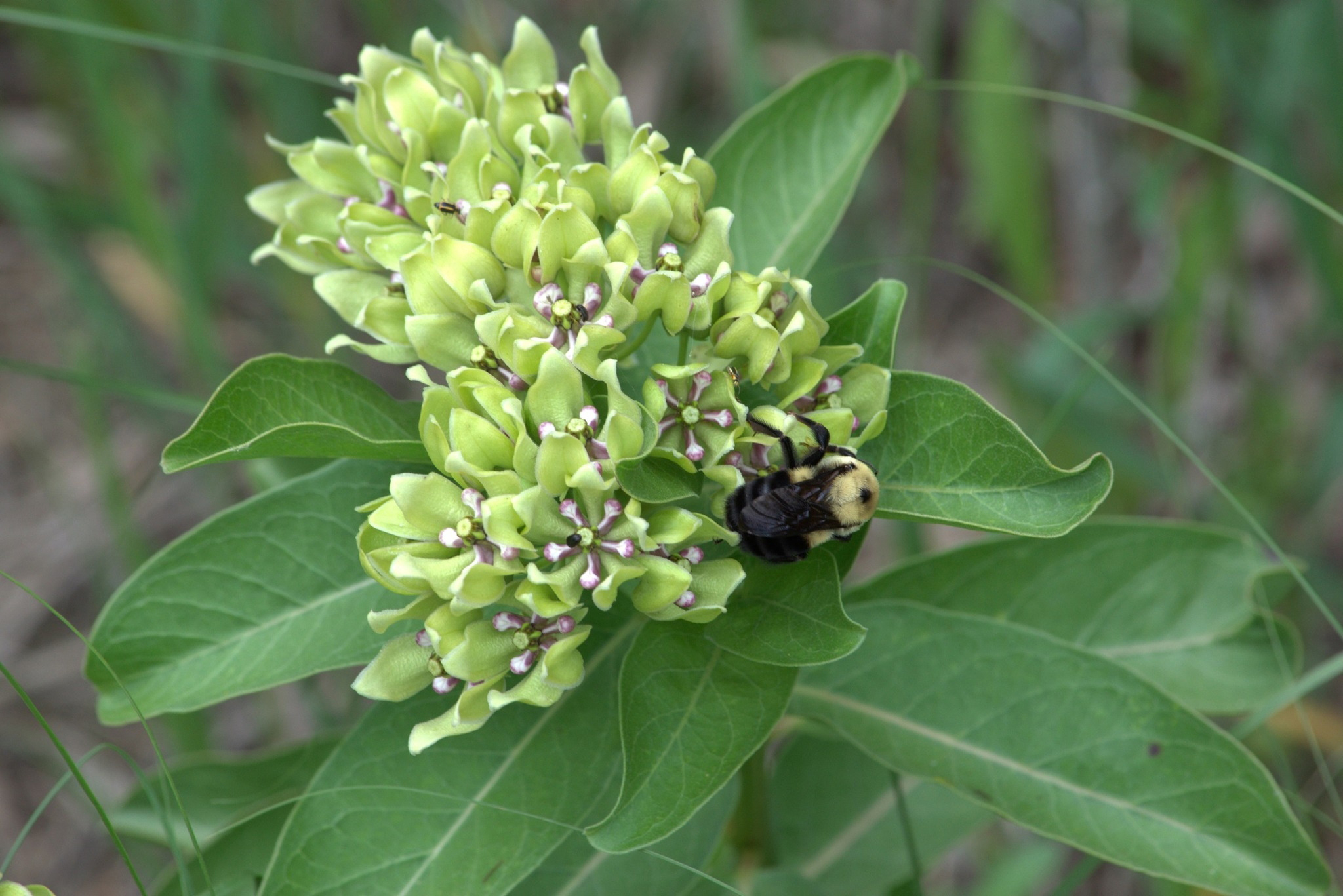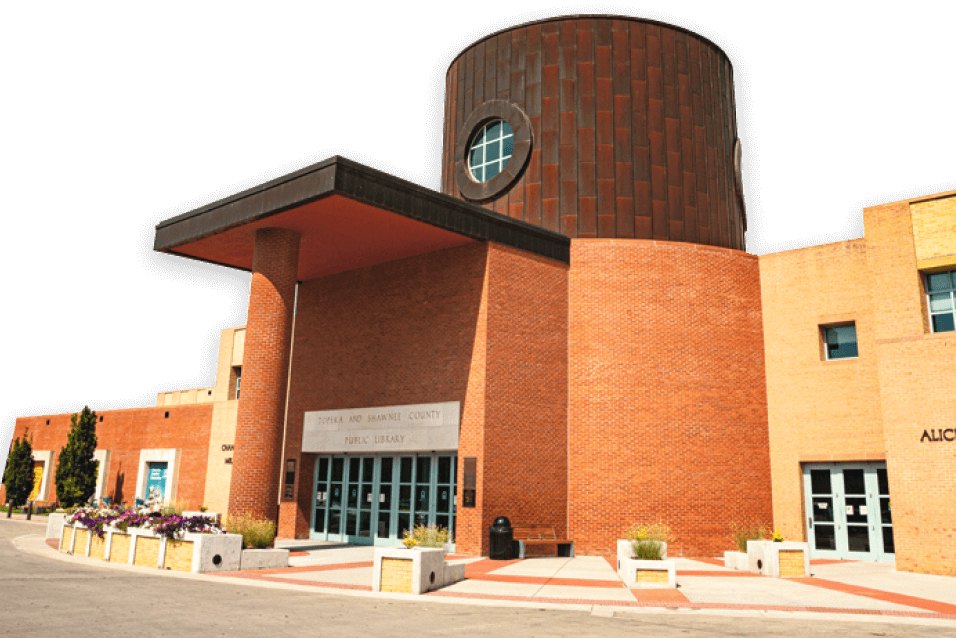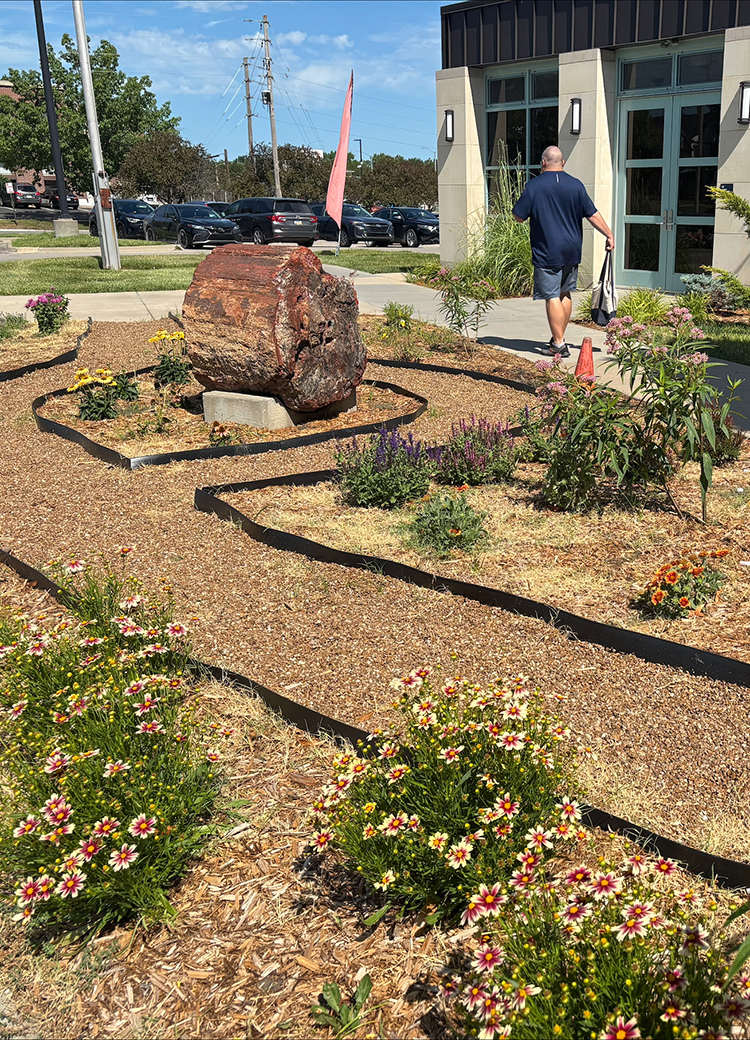Improving library property
As the renovations and updates to the library continue we are now focusing on the library grounds and parking lot. This is part of the library's master facilities plan. We have been making improvements to the landscaping on the library property this spring and summer. A change you might notice is the removal of trees in the library center brick drive. The trees we had removed were invasive Bradford pear trees (Callery pear). These will be replaced in the fall with noninvasive trees that work well in our Kansas climate.
The parking lot construction work will begin Aug 3, 2025, and continuing through October 2025. We will close sections of the lot at a time so there will always be a place for you to park.
Invasive Bradford pear trees
If you aren't familiar with efforts to remove Bradford pear trees from Kansas and Missouri, here is an excellent article from K-State Research and Extension. They highlight the following ecological concerns of the Bradford pear tree:
- It displaces native trees and plants in the wild, which lowers ecological biodiversity. The tree does not host native pollinators.
- It leafs out before woodland wildflowers emerge from dormancy, robbing them of critical sunlight and preventing their growth. This also can harm certain pollinators that use these plants as their larval host.
- Its’ egg-shaped structure (at heights of 30-40 feet) and brittleness of the wood make it prone to falling limbs that can damage people and property.
Pollinator gardens
 This year library groundskeeper, Trevor, researched native and pollinator-friendly plants before designing a garden layout that balances beauty with biodiversity in front of Claire's Sunroom (west end of the library).
This year library groundskeeper, Trevor, researched native and pollinator-friendly plants before designing a garden layout that balances beauty with biodiversity in front of Claire's Sunroom (west end of the library).
The garden features between 70 and 80 individual plants spanning 15 different species selected to attract and support bees, butterflies and hummingbirds. Trevor ensured the inclusion of several types of milkweed, the only host plant for monarch butterflies. As these plants continue to take root and fill in, we hope the space will become even more lush and inviting.
Trevor’s vision was to create a space that’s visually striking, seasonally dynamic and educational. With the walking path, children and adults can explore the garden, learn about pollinators and experience nature up close. We also maintain pollinator gardens on the southwest side of the parking lot.












